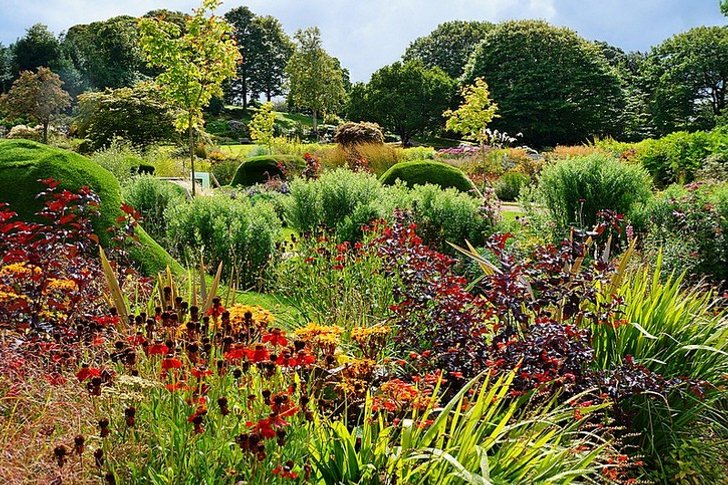The Principality of Wales is one of the four administrative parts of Great Britain. In ancient times, the commonwealth of the Celtic kingdoms was located on its territory. Architectural monuments of those times can still be found in Wales today.
Located in the south-west of Great Britain, the principality is distinguished by amazing picturesqueness and a mild, travel-friendly climate. A characteristic feature of Wales are the numerous medieval castles that appeared here in the 13th century during the establishment of English rule.
The tiny towns and villages of Wales retain the spirit of both medieval and Victorian England. Numerous national parks and gardens offer tourists the beauty of local nature and culture.
What to see in Wales?
The most interesting and beautiful places, photos and a brief description.
- Powys Castle and Garden
- St. David's Cathedral
- Bute Park
- Conwy
- Llandudno
- Tourist village of Portmeirion
- National Museum Cardiff
- Pontkysillte aqueduct
- Bay and beach of Rossili
- Isle of Anglesey
- Cardiff Castle
- Trail along Vala Offa
- St. Fagans National Historic Site
- Cape Great Orme
- Snowdonia national park
- Cardiff bay
- Brecon Beacons National Park
- Caernarvon Castle
- Pembrokeshire Coast National Park
- Boudnant Garden
Powys Castle and Garden
The majestic dark pink castle of Powys, built in Wales about a thousand years ago, is famous throughout England not only for its ghost of the “Lady in Black”, but also for its picturesque Italian-style garden. Terraces carved into the rock, hedgerows, moss-covered trees, an apple orchard and a tropical greenhouse make up a worthy setting for a medieval structure.
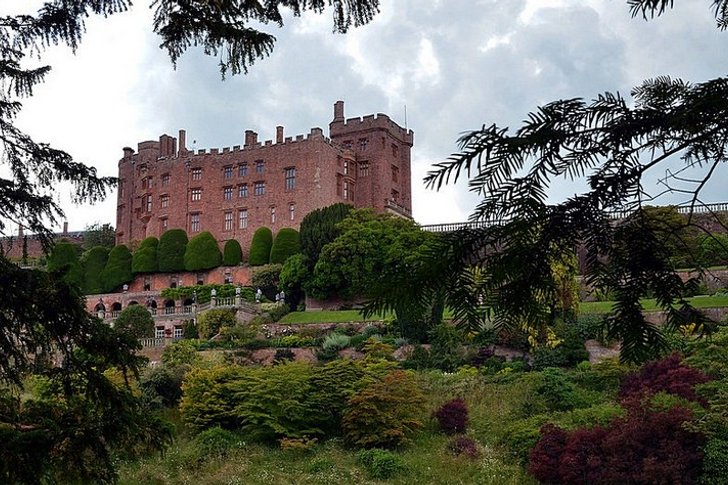
St. David's Cathedral
St. Davids Cathedral was founded in 1181. The architectural appearance of the building was formed over several centuries. In the 13th century, the Cathedral of St. David suffered significant damage after an earthquake, in the middle of the 14th century, an episcopal palace was added to it, and at the beginning of the 16th century, the Chapel of the Holy Trinity appeared.
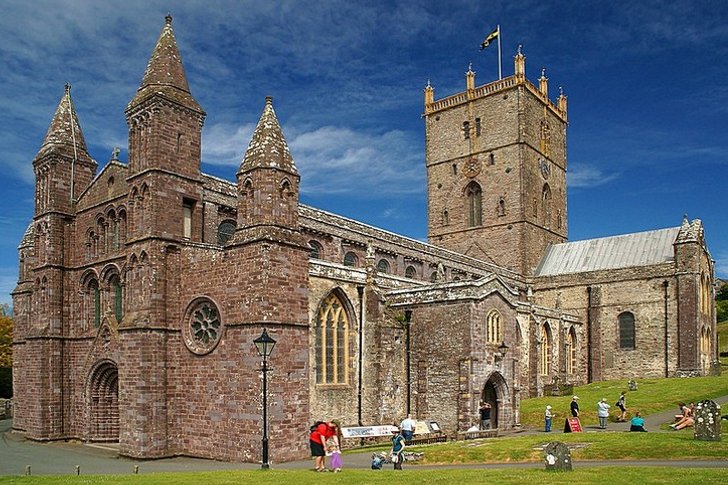
Bute Park
Located on the two banks of the River Tuff, the city park of the capital of Wales - Cardiff was founded in 1873 as a garden area of the local castle, owned by the Marquesses of Bute. The main attractions of the park are the ruins of the monastery, the Lit mill and the local Arboretum. The recreation area is decorated with wooden, stone and metal sculptures.
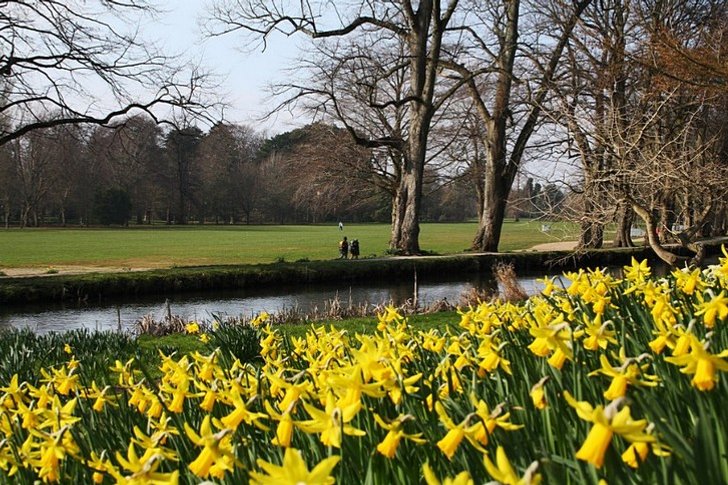
Conwy
The northern Welsh city with a population of fifteen thousand people is rich in historical sights. It houses the medieval castle of the same name, built at the end of the 13th century by order of Edward I, the monastery of Aberconwy, residential buildings of the 14th-16th centuries and the smallest house in England, measuring 3.05 x 1.8 meters.

Llandudno
Founded at the end of the 13th century at the base of the Kreidin peninsula, the city in the 60s of the 19th century received the status of a seaside resort. This was facilitated by a significant restructuring of Llandudno, carried out by the architect J. Felton. In the best resort in Wales, you can not only relax, but also visit the Museum of the history of the city, as well as plunge into the fairy tale about Alice in Wonderland that came out from here.

Tourist village of Portmeirion
The original Italian-style village was created by architect C. Williams-Ellis on the site of a former foundry in the 1920s. Most of Portmeirion's buildings have an unusual 'folly' look. They mainly house hotels, souvenir shops, cafes and restaurants.

National Museum Cardiff
Founded in 1912, the Cardiff National Museum is part of the larger National Museum of Wales, opened five years earlier. Museum collections, which include exhibits of an archaeological, botanical, geological and artistic nature, are located in the Cardiff Central Library building.

Pontkysillte aqueduct
Located in the northeast of Wales, the navigable aqueduct of Pontkisillte was built at the beginning of the 19th century by engineer T. Telford. It was no coincidence that Walter Scott spoke of him as “the most beautiful work of art”: the grandiose structure is still the longest and highest aqueduct in all of Great Britain.
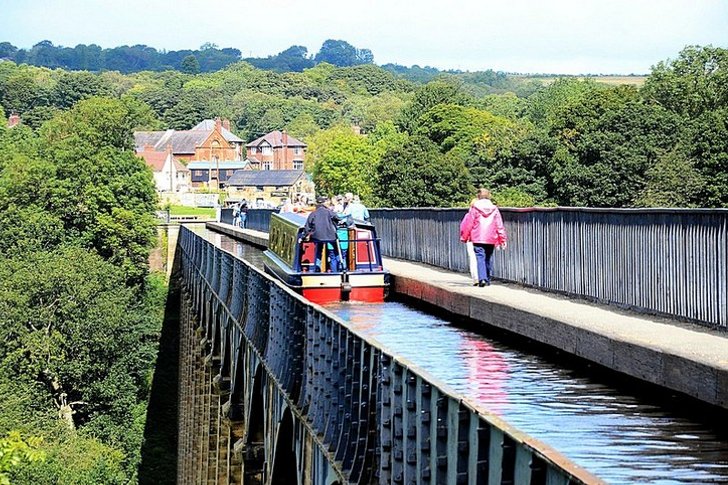
Bay and beach of Rossili
The picturesque Welsh Gulf of Rossili and the beach of the same name located within its borders is one of the ten best holiday destinations in the world. Romantic rocks, clear water, hospitable people and an unusual holiday house, which was once the residence of the parish priest, make the rest here truly unforgettable.
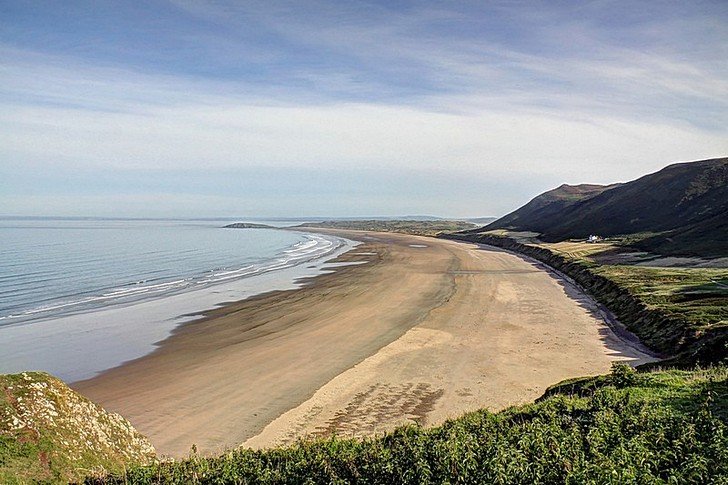
Isle of Anglesey
The favorite vacation spot of Prince William and Duchess Catherine is located near the northwest coast of Wales. Anglesey is connected to the mainland by two bridges. The first people settled on the island nine thousand years ago. Traces of their stay in the form of stone monuments are still found on Anglesey today.

Cardiff Castle
Built about two thousand years ago on the site of the ruins of an ancient Roman fortress, the castle has long been used for city needs - at first as a fort, then as a judicial institution. Over time, Cardiff passed into the use of the Marquesses of Bute. Today the castle houses the Historical and Archaeological Museum.

Trail along Vala Offa
The two hundred and seventy-kilometer trail that runs along the Offa Shaft, which has been the conditional border between Wales and England for about a thousand years, is an excellent entertainment for tourists who love hiking. It takes an average of eleven days to overcome it. The route runs through the picturesque Welsh landscapes.
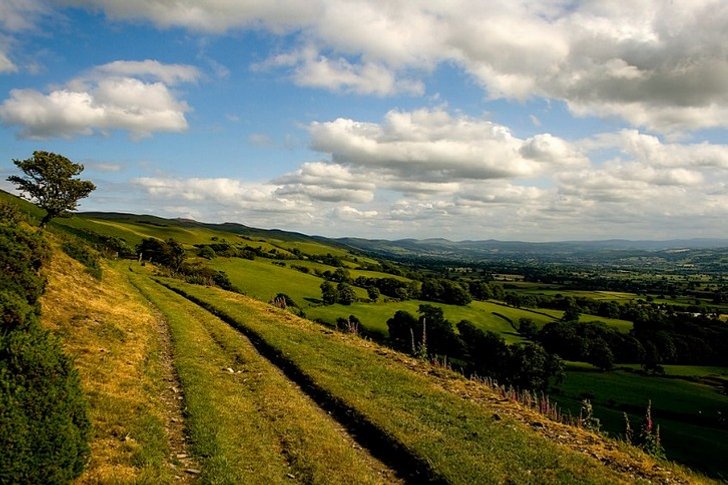
St. Fagans National Historic Site
Opened in 1948 on the grounds of St. Fagans Castle, the Cardiff Open Air Museum acquaints tourists with the cultural and architectural history of Wales from the time of the ancient Celts to the present day. Here you can see round Celtic houses and medieval chapels, the building of the classic English post office and the most ordinary pigsty.
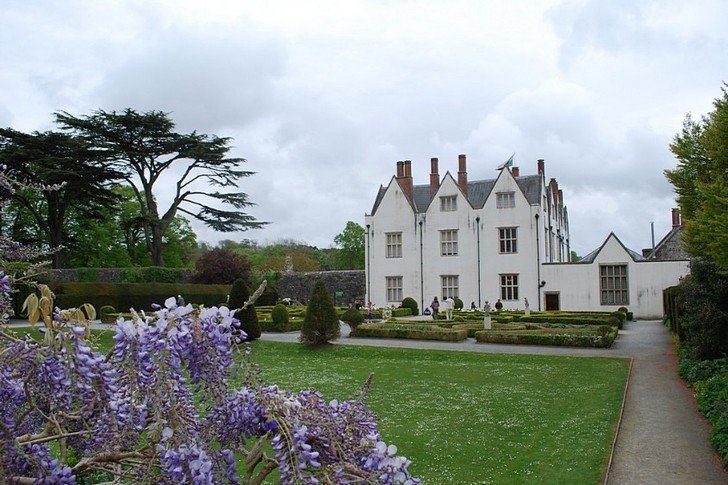
Cape Great Orme
Cape Great Orme rises above the city of Llandudno. You can climb it on a tram departing from the outskirts of the city

snowdonia national park
One hundred lakes, ninety mountain peaks, a huge number of beaches and moorlands, located in the north of Wales, make up one huge Snowdonia National Park. The remains of Roman fortifications and medieval castles attract lovers of antiquity, mountain ranges and lakes - fans of outdoor activities.
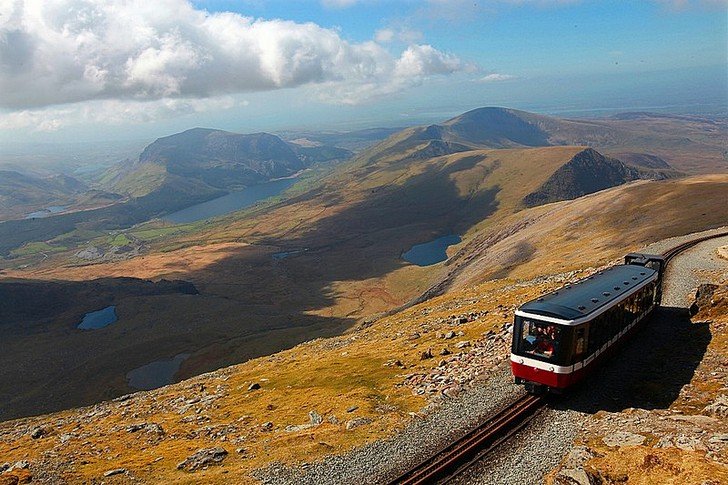
cardiff bay
Until the Second World War, Cardiff Bay was used exclusively for industrial purposes - for the export of coal mined in the South Valley. In 1999, it was modernized and turned into an entertainment area, surrounded by a twelve-kilometer embankment with shopping malls, bars and restaurants. Water sports can be practiced in the waters of Cardiff Bay.
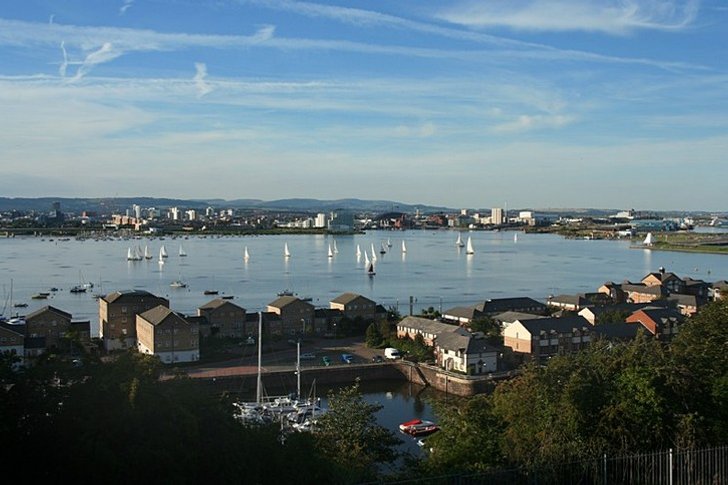
Brecon Beacons National Park
The Brecon Lighthouses is a unique national park that includes not only natural, but also architectural sights of Wales. On its territory, located on four mountain ranges, there are mountain rivers and waterfalls, forest valleys and moorlands, tiny cities and ancient villages, Bronze Age relics and Celtic menhirs.
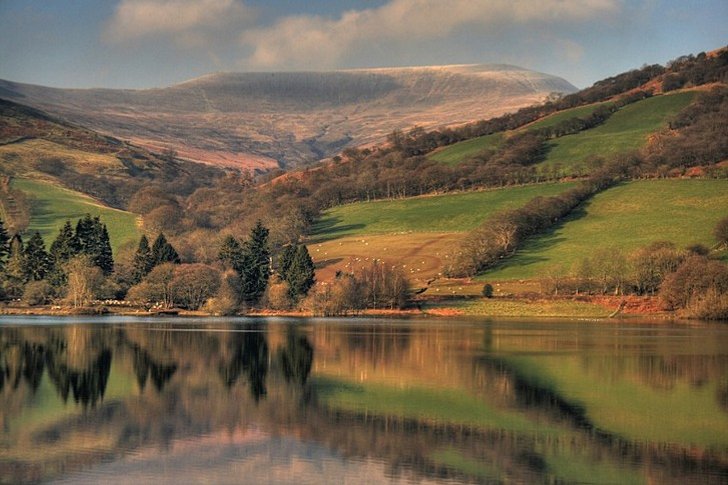
Caernarvon Castle
Built at the end of the 13th century by order of Edward I, the castle was conceived as a symbol of English rule over Wales. The massive walls, built in the shape of an irregular figure of eight, and the polygonal towers were crowned with statues of eagles and contained multi-colored stripes. Only the outer parts of Carnarvon have survived to this day, only the foundation has remained of the internal components.
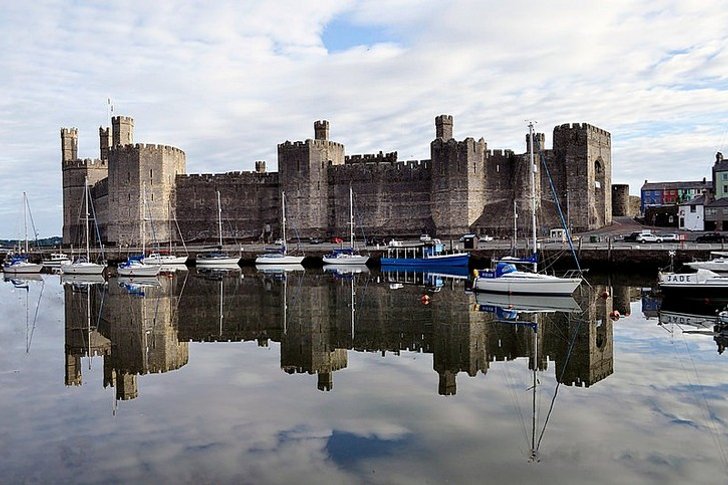
Pembrokeshire Coast National Park
Located in the west of Wales, the National Park was opened in 1952. Today, on its territory, covered with wooded estuaries and rocky cliffs, there are several independent national and marine reserves. The beaches of Pembrokeshire Coast annually receive the most prestigious awards as the cleanest and most suitable for recreation.

Boudnant Garden
The family residence of Lord Aberconway was surrounded by a chic garden back in 1875. Since 1949, the flowering area has been protected by the National Trust. The upper part of the Boudnat has the appearance of Italian terraces, the lower one consists of intricate paths and thickets of exotic and European fruit and berry plants and flowers.
